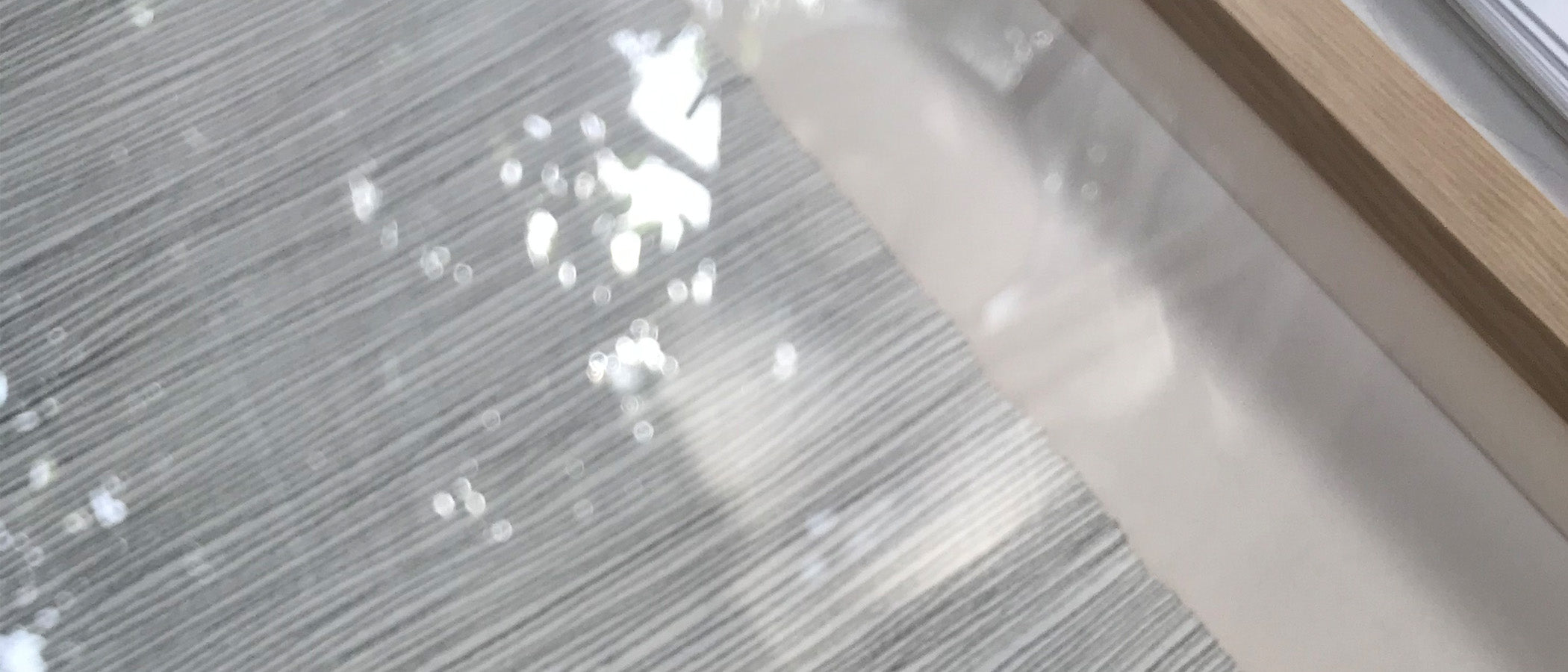
The order of the abstract
The order of the abstract
Mathematics and art sound like opposites to us. But the truth is that, at least in this case, opposites attract. Whether to achieve greater realism in an image or to deconstruct it into pure abstraction, geometry is key and is subjugated to the artistic current that rules. Let us think of the symmetry of medieval art. Or of the scientific methodology of the Renaissance. Da Vinci, a notable mathematician by the way, evidently used numbers to capture the proportions of the human body.
The flirtation between mathematics and art continues throughout the centuries, and is of particular interest in our time. This is due to the frequency with which abstract art uses geometric figures, sometimes exploiting the resource of repetition, other times seeking symmetry.
A good example of this is Amalia Valdés, who makes use of both resources, creating perfectly calculated compositions. This Chilean artist joins Collectio with her series of works on cork, a two-dimensional look at the work that characterizes her.
Mono Lira, who also uses sets of figures and block colours, manages to abstract landscapes and everyday shapes, simplifying them down to their primitive form. Having experimented with this technique on multiple supports, he participates in Collectio with acrylic paintings on canvas.

Javier Toro Blum and Benjamín Ossa, both of whom tend towards volumetric abstraction, have joined forces to create Correspondencias II, a joint work that reflects the career of both artists. The result is unique and can be found at Collectio.
See Collection Geometry in art
Text by Ana Yarur

